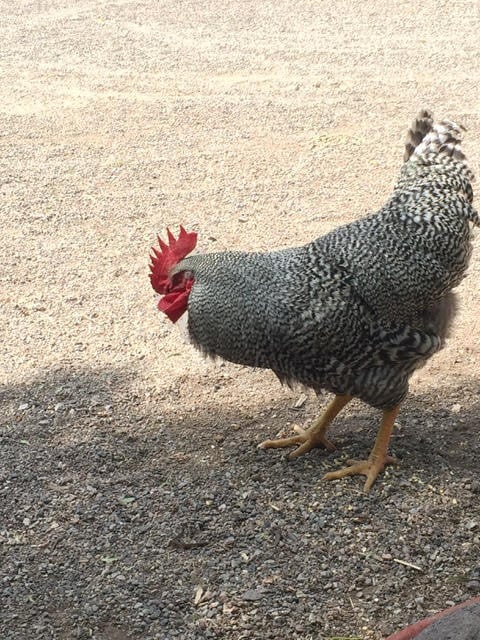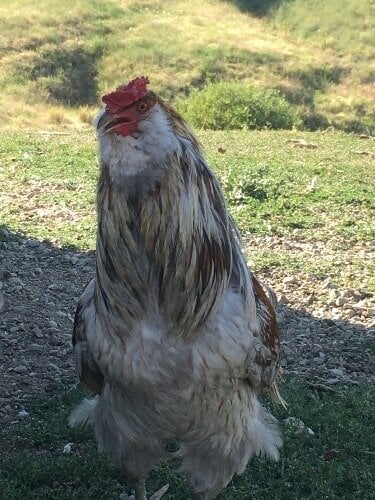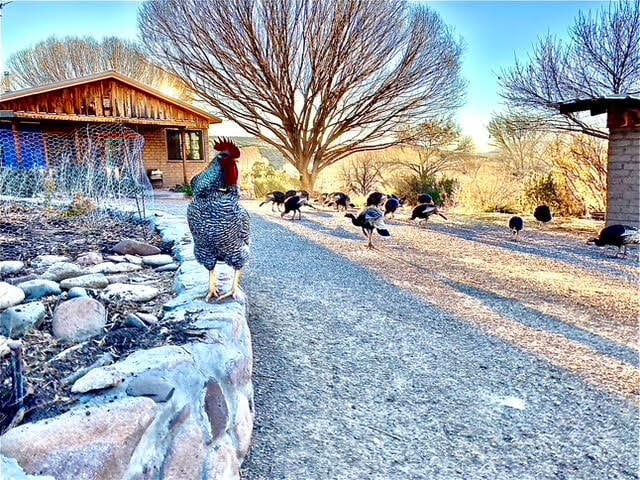Carladelida
In the Brooder
I am a new chicken owner and my chickens are 20 weeks. We have 1 rooster and 5 hens. (all same age). 3 of our hens just started laying and we let our chickens free range the yard when we can so they don't feel cooped up in the run (they always try to escape lol).
Yesterday, I was calling them to go back to the run since it was getting late and I couldn't be out with them and they all started following me (rooster in front as always) and while I was walking to came up right on my leg. It didn't hurt but I got scared/startled. Then I was like hey! And moved away from him and he came at me agai more aggressive and started pecking at my shoe and then I freaked out and ran away and he started chasing me
So I stop cause who's bigger yenno? And he stopped and we just stared at each other. Lol so then I got my husband and our rooster attacked him twice and kept leading the girls away. Finally I went back out and was able to get them all in but it took alot of work and treats....
Can I expect him to continue to be more and more aggressive? Is this normal? How can I get him to stop or what should I do?
I've noticed the chicken at the bottom of the pecking order is soooo timid all of a sudden and is quite smaller than the others, can this be from the roosters behavior?
Yesterday, I was calling them to go back to the run since it was getting late and I couldn't be out with them and they all started following me (rooster in front as always) and while I was walking to came up right on my leg. It didn't hurt but I got scared/startled. Then I was like hey! And moved away from him and he came at me agai more aggressive and started pecking at my shoe and then I freaked out and ran away and he started chasing me
So I stop cause who's bigger yenno? And he stopped and we just stared at each other. Lol so then I got my husband and our rooster attacked him twice and kept leading the girls away. Finally I went back out and was able to get them all in but it took alot of work and treats....
Can I expect him to continue to be more and more aggressive? Is this normal? How can I get him to stop or what should I do?
I've noticed the chicken at the bottom of the pecking order is soooo timid all of a sudden and is quite smaller than the others, can this be from the roosters behavior?






